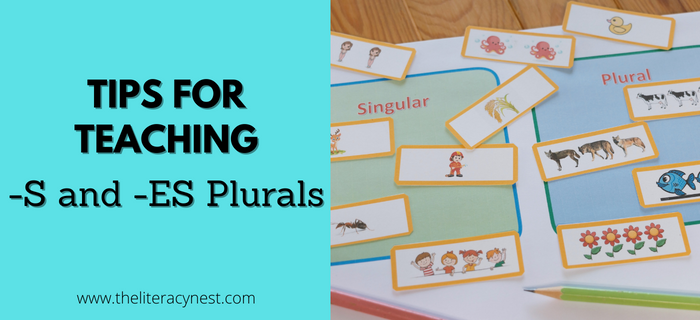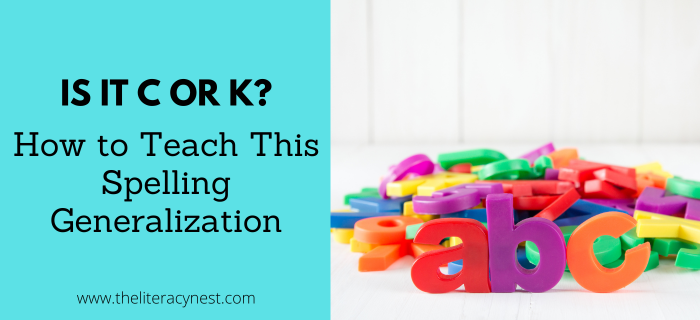The Many Reasons For Silent E
Have you ever had a student decide a word didn’t look right so they added an e to the end? When in doubt, they throw an e on the end. Many students learn one of the reasons for silent e as part of the standard curriculum. Most of the other uses remain a mystery. Silent e becomes a random addition without rhyme or reason.

Without the knowledge about the other reasons for silent e, the random addition of e makes a lot of sense and is understandable.
However, as you will see, there is much more logic to the silent e than many people think. We owe it to children to let them in on the secrets of English rather than allowing logical reasoning to remain a mystery.
So, Just What are the Reasons for Silent E?
Depending on your source and how they count, there are typically said to be between 5-7 uses for silent e.
Download and print our list of 7 Reasons for Silent E!
1. A Vowel-Consonant-E Syllable
If you ask most children and many adults what jobs silent e has, they are most likely to be familiar with “Superhero e”, “Bossy e”, or “Magic e”. In a vowel-consonant-e syllable, the e makes the vowel long. Sometimes students are told that the e kicks the vowel and makes it say its name.
Some examples of words that follow the vowel-consonant-e pattern in which silent e has this job are:
like cake hose flute Pete
While this is one of the many jobs of silent e, and one of the most well-known, there are many more jobs that silent e has.
Dive deeper into the VCe syllable type. Read The Syllable Series Part 2: The VCe Syllable!
2. Soft C or G
Silent e marks a c or g as a soft sound. This typically occurs at the end of a word, but may also come into play when adding suffixes and applying the suffix addition rules.
Some examples where the silent e marks the consonant c as having a soft sound are:
bounce peace peaceable traceable disgraceful
Some examples where the silent e marks the consonant g as having a soft sound are:
manageable changeable courageous gorgeous
3. Don’t End With a V
One of the most reliable spelling rules is that no English word ends in v. The exception that immediately springs to mind is rev which is an abbreviated form of revolution. Silent e keeps v from being the last letter in a word. This explains the use of the silent e in words in which the vowel is not long such as have and give.
Some examples of words that end in silent e to keep the word from ending in v are:
carve solve prove leave
4. A Matter of Singular and Plural
In a word that ends with s, but is not plural and is not a floss word, silent e comes at the end. This helps you distinguish between words with the suffix s and basewords that end in s. For example, in the sentence, The cow moos.; moos is comprised of the baseword moo with the suffix -s. This tells you that it is the third person singular. However, in the word moose, the e tells you that there is no suffix but rather the base word in moose and the s sound is part of the base word.
Some examples of words that end in silent e to avoid confusion with final s are:
horse house lease goose
5. A Consonant + LE Syllable
You may teach your students pretty early on that every syllable must contain a vowel. When your students learn about the consonant-le syllable, one of the challenges of mastering this new concept is that the cle syllable doesn’t have a pronounced vowel. The silent e at the end acts as the vowel for the cle syllable.
Some examples of words that end in silent e as part of the consonant-l-e syllable type are:
bubble marble needle title sample table
While these are the most common and most important uses of silent e, there are other explanations other than just a random application of silent e as a matter of whimsy. These are useful for explanation and discussion and may be part of strategic word study, but are not necessarily taught to students as part of the regular scope and sequence of spelling rules and generalizations.
6. Historical Reasons
Silent e may also be used for historical or etymological reason. In these cases, the e was once pronounced or follows spelling rules of the language of origin. This may occur particularly in words of French origin.
Some examples of words that have the e for historical or etymological reasons are:
are come done promenade
Along the same lines, an e may be silent when the e marks the vowel as long as the word is used as a different part of speech using a different pronunciation or accented syllable.
For example, minute: a very small amount, the e makes the vowel u long, but in minute: a measurement of time, the e has no other job than to show its etymological/morphological relationship. Advocate: a verb meaning to argue in favor of has the silent e doing the most common job of marking the a as long, but advocate: a person who speaks in defense of someone else. The silent e is again serving only the purpose of shared morphological roots.
7. As an Indicator
Silent e can also be used as an indicator that th is going to make its voiced sound as in bathe, teethe, and loathe.
Remember:
By arming your students with the knowledge about the many jobs of silent e, they can add e with confidence and explain their reasoning rather than simply guessing. Your goal is to have a deep understanding of the English language and build a curiosity about the reasons why words might be spelled the way they are.
This is also helpful when they are using decoding strategies to solve unknown words, rather than guessing. Read Effective Decoding Strategies To Improve Reading to learn more.
I love to use The Mighty Silent e! by Kimberlee Gard to introduce this concept to my students. With adorable illustrations, helpful examples, and a cute classroom setting, this book teaches spelling and vowel sounds in a new, exciting way that will engage and successfully teach even the most stubborn reader.
For more information on teaching spelling, check these spelling generalization posts.
Silent E Rule Multisensory Activities
This silent E spelling rule pack has everything you need to teach the silent E spelling rule with suffixes. It is suitable for reading intervention and Orton-Gillingham instruction. Please preview before downloading!
Grab yours in The Literacy Nest Shop!
You might also want to check out this multisensory decoding strategies resource with your students.
Are you looking for a list of words to use in your Orton-Gillingham lessons? Word List Builder has got you covered!
Save time searching for words to use in your lessons! Create customized and meaningful review, build your folder of words, create templates and games, and much more in Word List Builder.








